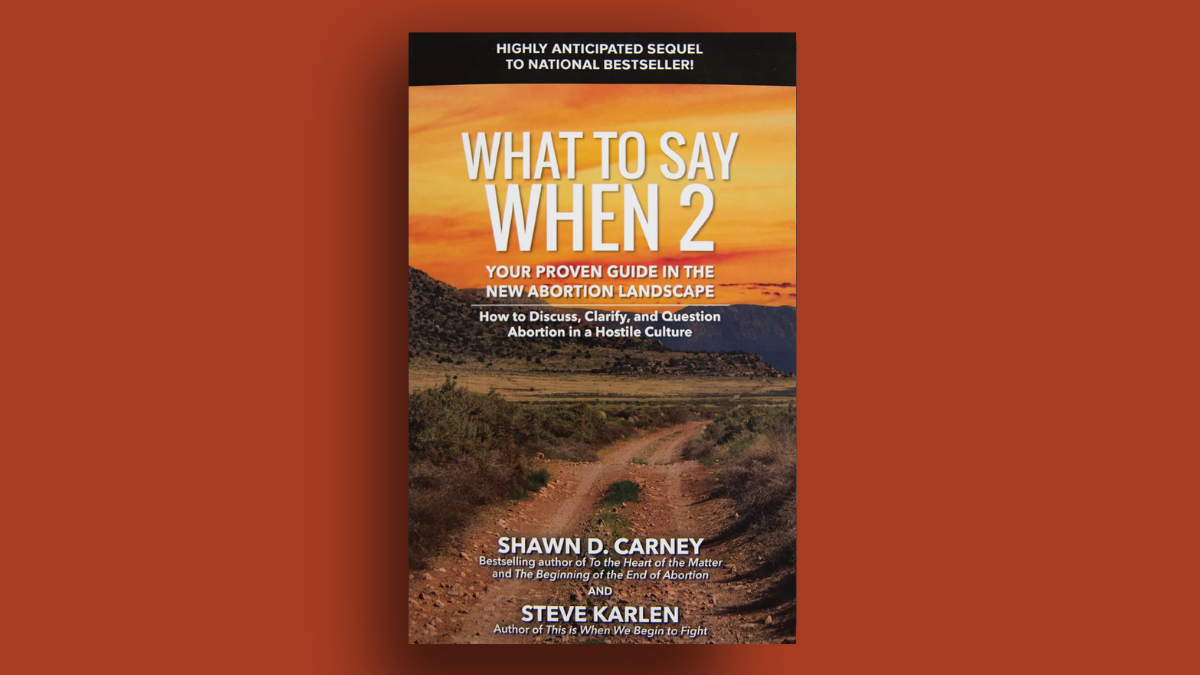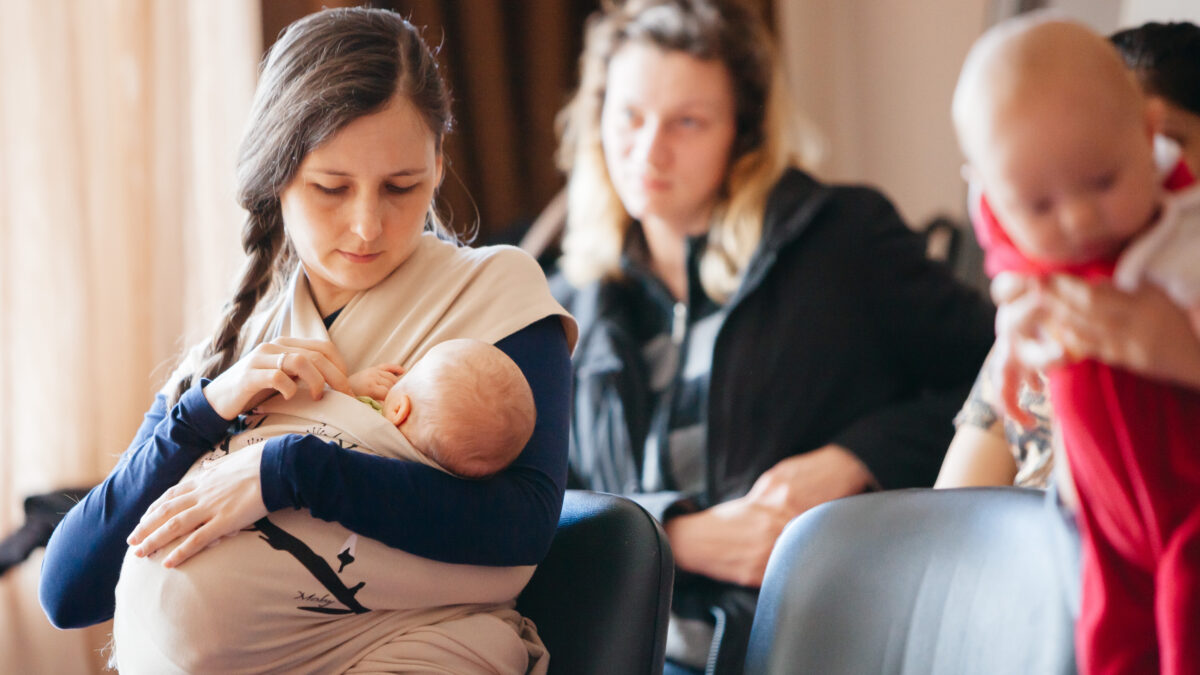
Halloween in the American suburbs is eerily quiet these days.
Neighbors knowing neighbors and building community based on physical proximity have largely fallen by the wayside, but communities based on choice and preference continue to increase. The uptick is especially noticeable on the approaching holiday, when neighborhoods remain ghost towns and church, park, and school parking lots seem to host all the little ghosts.
This phenomenon, where pre-appointed gathering places and themed car trunks displace making the neighborhood treat rounds, is commonly known as Trunk or Treat, and it has quietly overtaken the American suburban neighborhood.
“Halloween is the bellweather of what we’re doing to kids,” said Lenore Skenazy, founder of Free Range Kids. “They should be driven everywhere, there must be a parent, we must be concerned about being poisoned. All of that translates to everyday.”
A Short History of Trunk or Treat
Churches founded this new tradition in response to popular ideas about the ghoulish, garish, and grim history of All Hallow’s Eve, creating community events in parking lots and church facilities and re-casting the holiday as Treat-or-Treat.
Rural communities have been practicing a faith-based version of Trunk or Treat for decades.
“We grew up in the Southwest, and our homes were not on paved streets and we had no lampposts,” said Ruth Moritz, a mother of two who lives in Alexandria, Virginia. “So it didn’t make sense to go from one house to the next; we would have to cross acres. So we just went to a few closest homes for trick or treating, and we did the church thing.”
Many such gatherings replaced Halloween-themed décor with biblical characters and concepts.
Convenience Versus Coddling
The past decade has seen a mass exodus from the door-to-door trick-or-treating tradition as schools, clubs, and other youth groups relocate to parking lots. The market has taken notice. Pinterest links to thousands of car and truck decorating ideas and themed kits are purchasable online. A Google search of Trunk or Treat links to more than 2 million pages in less than one second.
Many faith-based websites tout the popularity and purpose of trunk or treating as a “safer” form of Halloween, where children and parents are comfortable with their community and “walk less.”
“All the warnings are totally unfounded,” Skenazy said. “…The people who have actually studied sex offenders on Halloween [have not found that] crimes against children go up. More children get hit by cars because they are not used to walking across streets and drivers aren’t used to seeing children in the street.”
In Moritz’s neighborhood, a highly organized form of the old door-to-door tradition still stands, but with an appointed time, place, and parent-supervised “start.” Community members are asked to hand out candy from their driveways on the designated route, with instructions printed on community flyers in the week preceding Halloween.
“It almost seems like it’s rushed in our neighborhood,” Moritz said. “It’s more of an amazing race of two streets than walking door-to-door and knocking. I wish our neighborhood would slow it down.”
Many groups promoting Trunk or Treat say it’s a safer environment and less walking for young children, but there are trade-offs, too.
“Trunk or Treat really upsets me for two reasons,” Skenazy said. “The holiday is not all about candy, it’s about children getting this one chance one time a year to act like adults. They interact with strangers like adults…independence is the real goal. We can’t even give them this one hallowed day of independence.”
The Changing Neighborhood
Sociologists have studied the trend, too. As society continues to modernize, communities suffer. Urbanization and industrialization have played a role in decreasing dependence on local community, but the insular tenor of the modern American home highlights the crumbling of strong community relationships among neighbors.
“If you choose your neighborhood where you want to raise your kids, raise them there,” Skenazy said. “Trunk or Treat is based on, as far as I can tell, that you can only trust a certain subsection of people and that it’s an unhealthy abnormal idea that children would be outside around their neighborhood on their own. It’s so insular and paranoid.”
Yet Moritz recognizes the value of the trick-or-treat tradition.
“If anything, it forces our kids to go around to neighbors they normally don’t see,” she said. “It allows them to approach their neighbor and say ‘Trick or Treat.’”
“I don’t mind Trunk or Treat as an add-on for Halloween, but it shouldn’t be an alternative or replacement,” Skenazy said. “Kids being outside and having free time has evaporated, and we’re just now noticing.”









